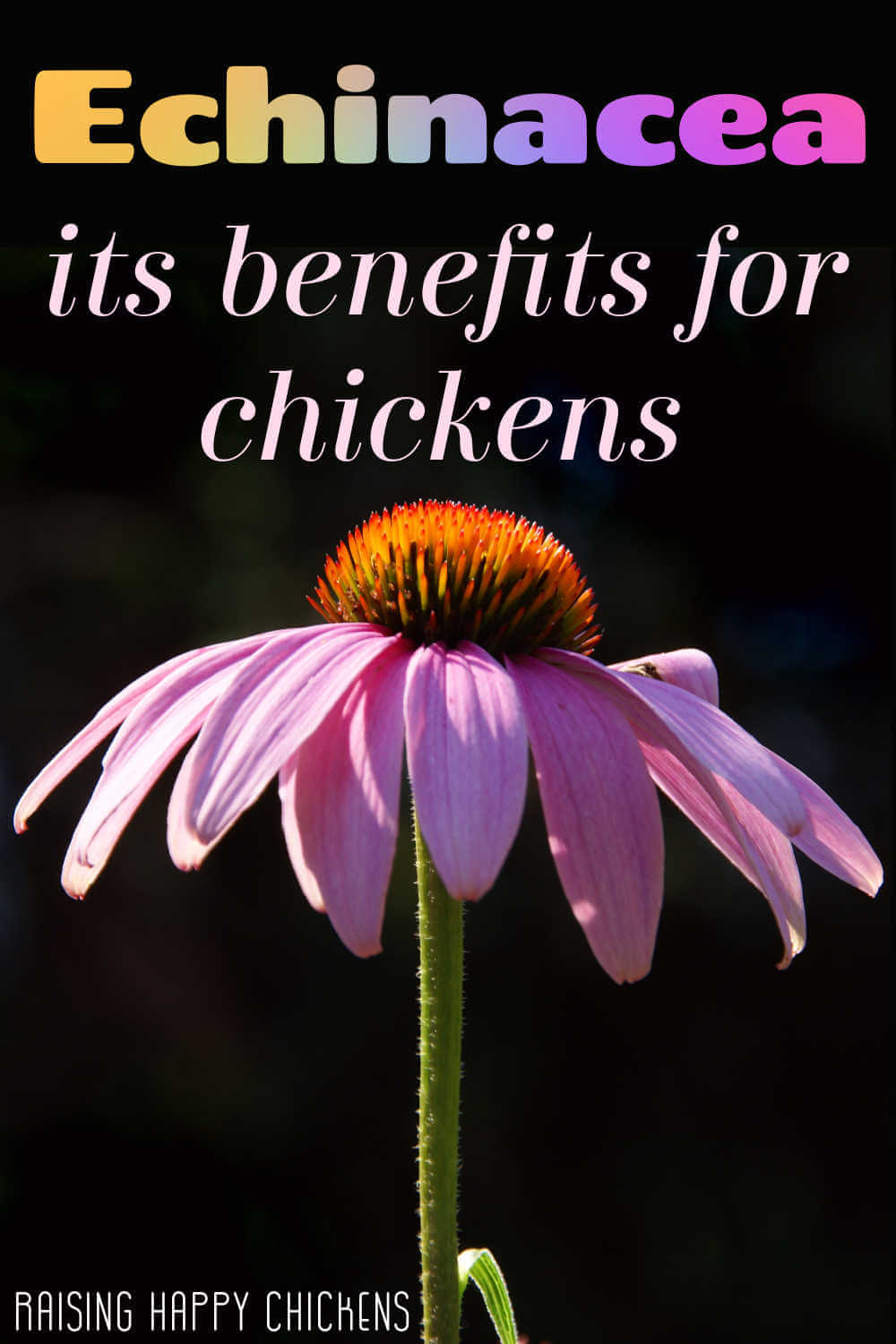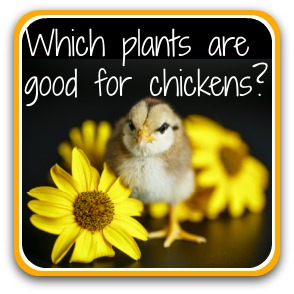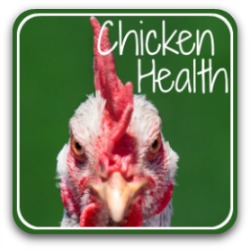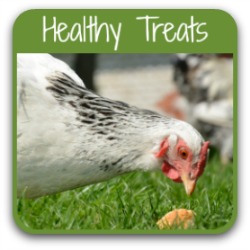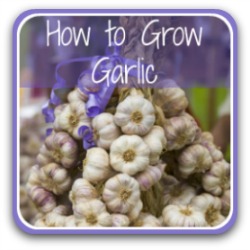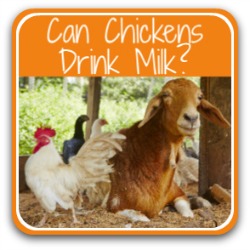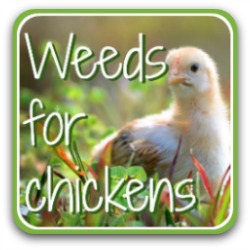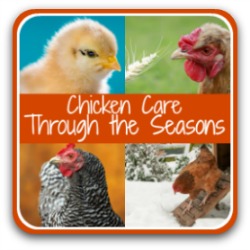- Home
- Plants for Chickens
- Echinacea
Echinacea for chickens: the proven benefits.
So you want to keep your chickens healthy naturally and you've read the echinacea plant is the answer to coccidiosis? Here are the proven facts.
What is Echinacea?
Also known as the purple coneflower, Echinacea is a colourful, hardy, perennial plant which adds a splash of colour - and attracts birds, bees and butterflies - to the late summer garden.
The name comes from the Latin echinus, meaning hedgehog, and referring to its deer-resistant prickly stem.
Drought resistant and lovers of heat, they're also trouble free to grow. So even without the benefits for chickens, growing this plant is a real asset for any garden.
Types of Echinacea.
There are three major types of Echinacea used for medicinal purposes: Echinacea Purpurea, Augustifolia, also known as the narrow-leaved Echinacea, and Pallida. Of these, Purpurea is the most well known; Augustifolia is said to have the strongest pharmaceutic properties.
As a group, Echinacea is one of the top ten natural ingredients known for their healing and disease resistant properties(1).
What is echinacea used for in humans?
Echinacea contains a variety of active substances, including antioxidants, natural sugars, glycoproteins which stabilise healthy cell structure, and essential oils(1).
As far back as the 1870s, it was claimed to cure everything - including snake bites. For that reason, it was known as one of the original "snake oils".
More recently, it's still touted as a cure-all for more or less anything including boils, upper respiratory infections, tonsillitis and athlete's foot.
But:
"The effectiveness in treating illness or in enhancing human health has not yet been proven beyond a reasonable doubt".(2)
The reality?
Echinacea has been proven to stimulate the immune system, so it can certainly help with reducing the severity and duration of symptoms of infections like the common cold if taken at the start of an illness(e.g.2).
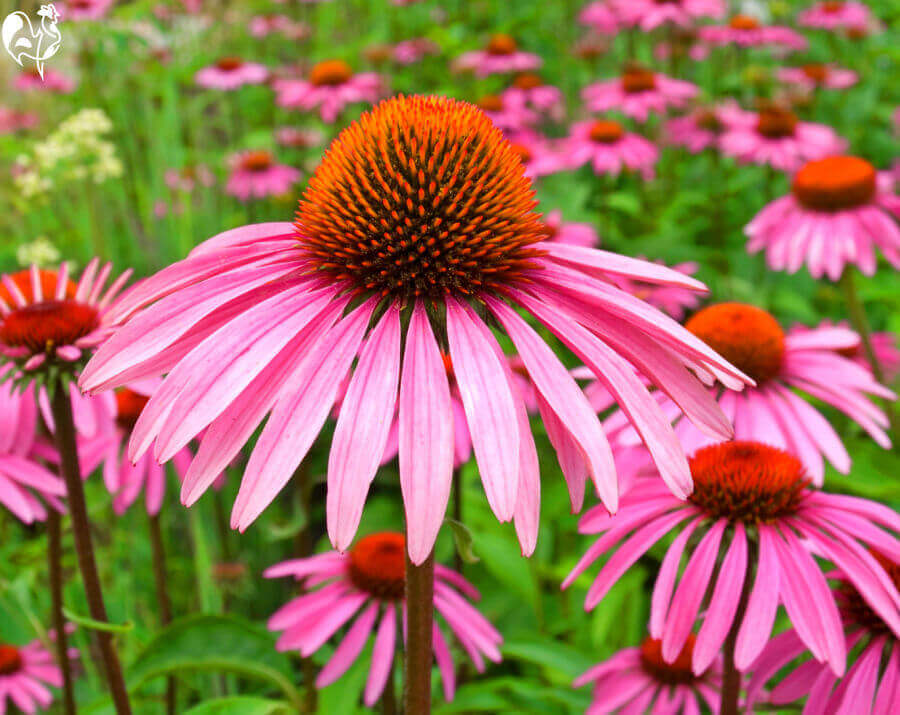 A spread of Echinacea brightens any garden!
A spread of Echinacea brightens any garden!The uses of Echinacea with chickens.
Three major proven uses for Echinacea with chickens have been found(3, 4):
- stimulates the immune system
- enables the more efficient absorption of food, leading to weight gain
- perhaps most importantly, Echinacea root extract was found to "significantly decreased lesions in the intestines of poultry contaminated with the protozoan parasite Coccidia"(4).
What is coccidiosis?
Often shortened to "cocci", coccidiosis is a highly infectious disease caused by a microscopic parasite picked up from the droppings of infected birds. Once established in flocks it can be incredibly difficult to eradicate.
The parasites invade the lining of the intestine and cause dehydration, bloody diarrhea, stunted growth and, eventually, death.
The long-standing approach to preventing coccidiosis has been synthetic feed additives, which have in recent years been challenged by both regulatory agencies and consumers demanding safer, natural, organic solutions.
Echinacea is one of those solutions.
Which other plants work as natural medications with chickens?
Watch this short video to find out.
How does Echinacea work best with chickens?
Echinacea appears to stimulate an immune response specifically targeted against coccidiosis when it's present in bedding.
Exactly how this happens is not yet clear, but there is clear evidence that it does(4). It is also effective when used with the traditional vaccines, in boosting their efficacy(4).
Studies have found that Echinacea works differently depending on the way in which it's prepared and fed.
Dried Echinacea.
Dried Echinacea purpurea supplements were shown to have no significant effect on either growth or the immune system(3).
Root extract.
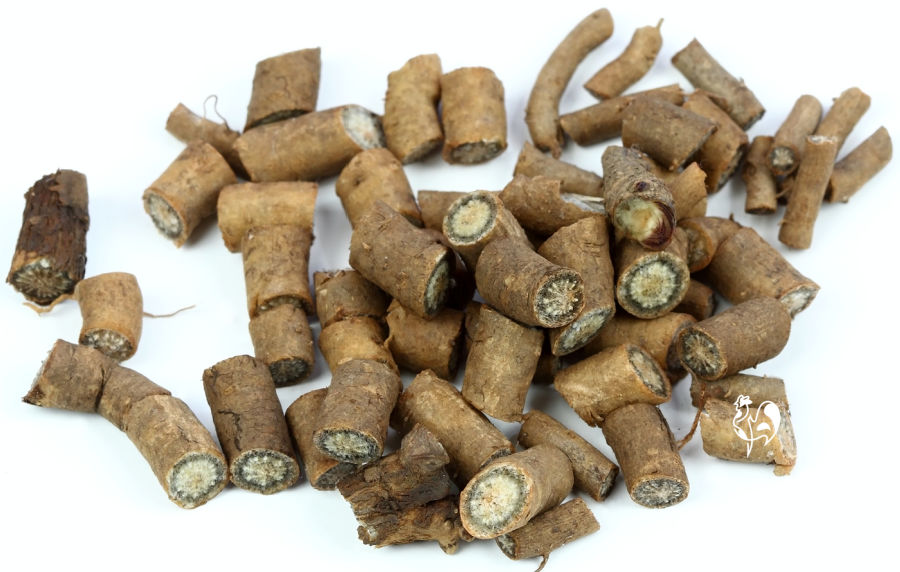 Fresh Echinacea root needs to be dried before making into a tea.
Fresh Echinacea root needs to be dried before making into a tea.Root extract was shown to have a specific impact on the immune system of poultry. It was found to be most effective when taken from both the Echinacea Purpurea and Angustifolia varieties.
The health benefits of Echinacea tea.
When Echinacea was administered to chickens through drinking water, as a tea, it was found to be more effective both as a boost to the immune system, particularly in times of stress, and as a trigger to activate the immune system's response to the cocci parasite(3, 4).
Are there any negative side effects of Echinacea?
In all the research conducted to date, no detrimental side effects have been found.
When and how to plant echinacea.
It's possible to buy dried Echinacea online, but the research shows that a liquid made from the fresh plant appears to be more effective.
It's a lovely plant for the garden, too. It looks particularly striking when planted as a mass and, if left to itself, will self-seed year after year.
So why not grow some at home? Either buy some young plants from your local nursery, or get some seeds and do it yourself!
Be aware, though, that plants grown from seed may not produce blooms in the first season, depending on the variety, and on how early the seeds are started.
Growing Echinacea plants outside.
- Plant young plants in the spring or early summer when the chance of frost has passed.
- They don't need very rich soil, but will benefit from the addition of about 2" of organic matter in the planting hole.
- They prefer full sun or light shade, and well drained soil. You won't need to keep watering unless the season is exceptionally dry. Growing in a wet soil takes away some of the medicinal properties.
- They're tall plants, often reaching between two and four feet, so make sure they're at the back of your borders.
Growing Echinacea in pots.
- It's possible, but the pot needs to be deep enough to house the taproot.
- Add a layer of gravel at the bottom to ensure good drainage, and use a general purpose compost.
- After the first two or three days, keep the pot in sun and water at soil level (don't get the leaves wet, they tend to go mouldy) when the compost feels dry to the touch.
- When planting out, bury the plant to the top of the root ball and water in.
Growing echinacea from seed.
- Echinacea is fairly easy to grow from seed. Sow inside or out about a month before the final frosts are due. The seeds need a cold period to germinate.
- If planting inside, try putting them into a freezer bag for a couple of weeks with some damp sand. It can help germination.
- Sow in a damp compost and keep in the light to help germination. They should start to show signs of growth within about 21 days.
- Sow indoors in February if you want the plants to bloom in their first year.
When to deadhead and harvest.
- If you want the flowers to continue to bloom, take off the dead heads as soon as you see them. Cut to just below the base of the flower stem.
- Consider leaving the flowers on the plants after the petals fall, though. The seed heads will attract birds, and will self seed for more free plants next year.
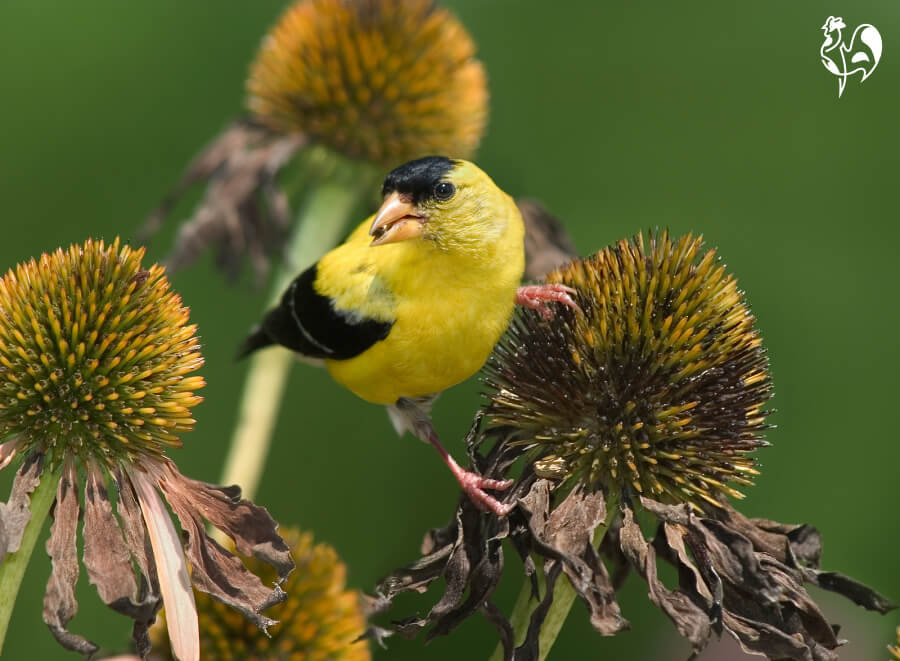 Leaving some seed heads will attract birds to the garden.
Leaving some seed heads will attract birds to the garden.- Harvest the seeds in autumn. Wait until the seeds have fattened up, then shake the flower head into a paper bag.
- Harvesting the flowers and plants is simple and can be done at any time during the growing season. Cut the stem above the lowest pair of leaves, then strip the leaves and flowers from the stem and leave them in a cool, dry place.
- The roots should be harvested when the plant is two or three years old. In the autumn (fall) lift the roots from the ground using a garden fork. Either take the entire root ball, or strip some pieces from it, leaving it partly intact to be re-planted.
How to dry and preserve different parts of the Echinacea plant.
Drying seeds.
Lay the seeds on a tray and leave for several weeks. When they're dried, you'll be able to crack the outer layer and remove it. The seed will be underneath and can be stored in an envelope, ready for planting next year.
Or add them to some fermenting feed, spread them on a bird table or scatter in the garden to encourage a spread of blooms next year.
Drying flowers and leaves.
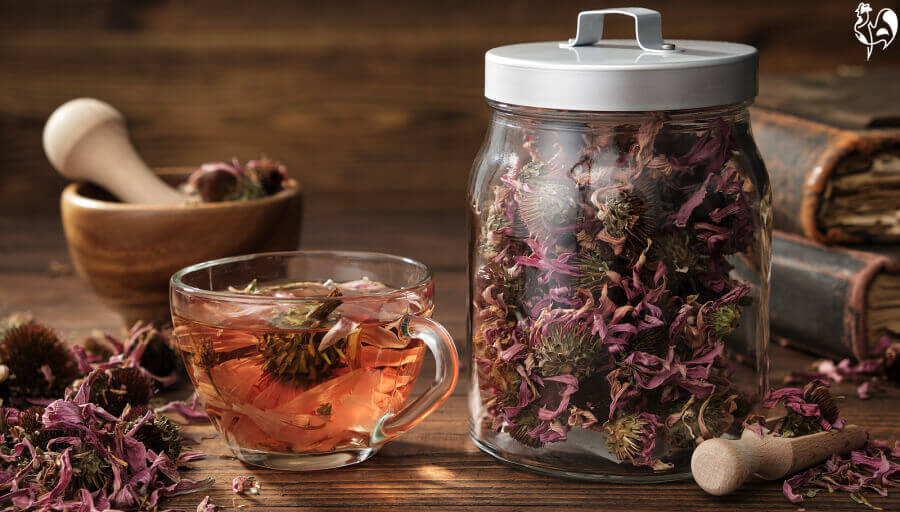 Dried Echinacea flowers can be steeped to make a tea.
Dried Echinacea flowers can be steeped to make a tea.Store them in an airtight container and leave in a cool dark place until you're ready to use them.
Drying the roots.
- Take off as much soil as possible, and rinse the roots in cold water. Dry with some kitchen paper.
- Cut the root into pieces and leave on a tray lined with some more kitchen paper, out of direct sunlight.
- After about three weeks, put them in an airtight container and store in a cool, dry place.
How to feed Echinacea to your chickens.
As a tea in liquid form.
- In studies, this was found to be the most effective way to use Echinacea for chickens. The liquid can simply be absorbed more efficiently than the dried elements.
- Make the tea from the root. There's no formally recommended dose, but about a tablespoon of dried root to a pint of water is about right.
- Simmer the roots in the water for about ten minutes, allow to cool and add to the usual drinking water.
- Feeding for two or three days, followed by a twelve day interval, was found to be the most effective. Carrying on for longer than that was found to reduce the number of antibodies.
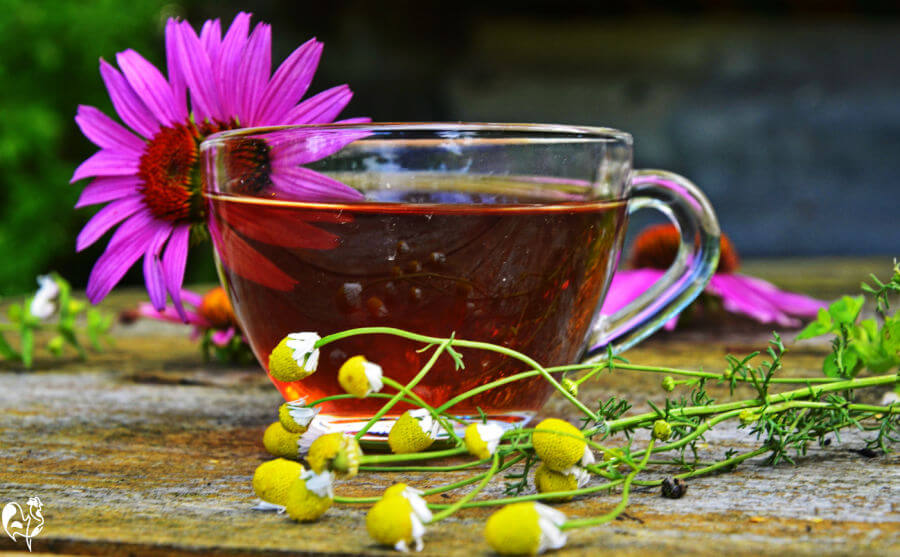 Echinacea tea can be more beneficial than dried products.
Echinacea tea can be more beneficial than dried products.Dried, mixed with feed.
Dried Echinacea leaves, seeds and petals were found to be less effective than juice from the root.
Mixed with raw, crushed garlic it was found to be slightly more effective - although that may have been solely to do with the garlic, which has been recognised for many years as a booster for the immune system.
Grind the dried plant to a powder, and feed about one part garlic to three or four of dried Echinacea.
How to find it if you can't grow it.
If you don't have the capacity to grow your own Echinacea, or the time to plant, harvest and dry it, you can buy the dried root online. Make sure it's organic, and from a reputable source. (This is an affiliate link, which means I receive a very small commission if you click through and buy).
If you found this page helpful, you may also like these.
Sources: research findings.
How do we know about this research? In 2006, reviewed and updated in 2016, the European Union banned the use of "subtherapeutic antibiotics" which had been used as a matter of course in animal husbandry for many years - and still are, in most other countries including the United States.
Since then, there has been a need to find natural alternatives, substances which will improve animals' immunity and health without having negative effects on the animal, the consumer and the environment.
That need has been the incentive for research to find organic products, of which Echinacea is one.
The information in this article is based on that research, as well as my own experience in its practical application. The documents referred to below are just a small part of that.
1. Barnes, J. et al: Echinacea species: a review of their chemistry, pharmacology and clinical properties. Pub. Journal of Pharmacy and Pharmacology, 2010.
2. Barrett, B.: Medicinal properties of Echinacea: a critical review. Pub. Journal of Phytomedicine, 2003.
3. Nasir, Z and Grashorn, M. A.: Echinacea: a potential feed and water additive in poultry and swine production. Pub. Journal of European Science, 2009.
4. Allen, P.C.: Dietary supplementation with Echinacea and development of immunity to challenge infection with coccidia. Pub. Journal of Poultry Science, 2003.
5. Wallach, M.: Role of antibody in immunity and control of chicken coccisiosis. Pub. Journal of Trends in Parasitology, 2010.
- Home
- Plants for Chickens
- Echinacea
